
On a property that neighbors the Nandamojo River in Paraíso, Santa Cruz, Pedro Antonio “Toño” prepares containers near the well he made so that his cattle would have water during dry season.
He has lived in Santa Cruz his whole life and, today, at age 65, he admits that the panorama that forced him to build the well is very different than a while ago.
Many years ago, the river didn’t dry up, but the water level has been falling and it dries up more frequently,” Pedro said. “Last year it dried up in April, but this year it’s almost dry already. Climate is the issue. Rain shortages and fires.”
In summertime, this area located in the Nandamojo river basin suffers from drought. Most of the land was deforested in order to use it for ranching and is often burned illegally. The ash becomes an enemy of rain water filtration. It’s an impermeable layer that causes runoff and erosion. It’s one of the reasons that, during the rainy season, the rains cause flooding.
Ranchers also tend to ignore the 15 meters of environmental protection along rivers required by the forestry law.
Since 2015, a local organization called the Nandamojo Association – Restoring Our Watershed (ROW) has been working with Toño Gutiérrez and 25 other ranchers to help their land absorb water better and improve water flow in the Nandamojo River.
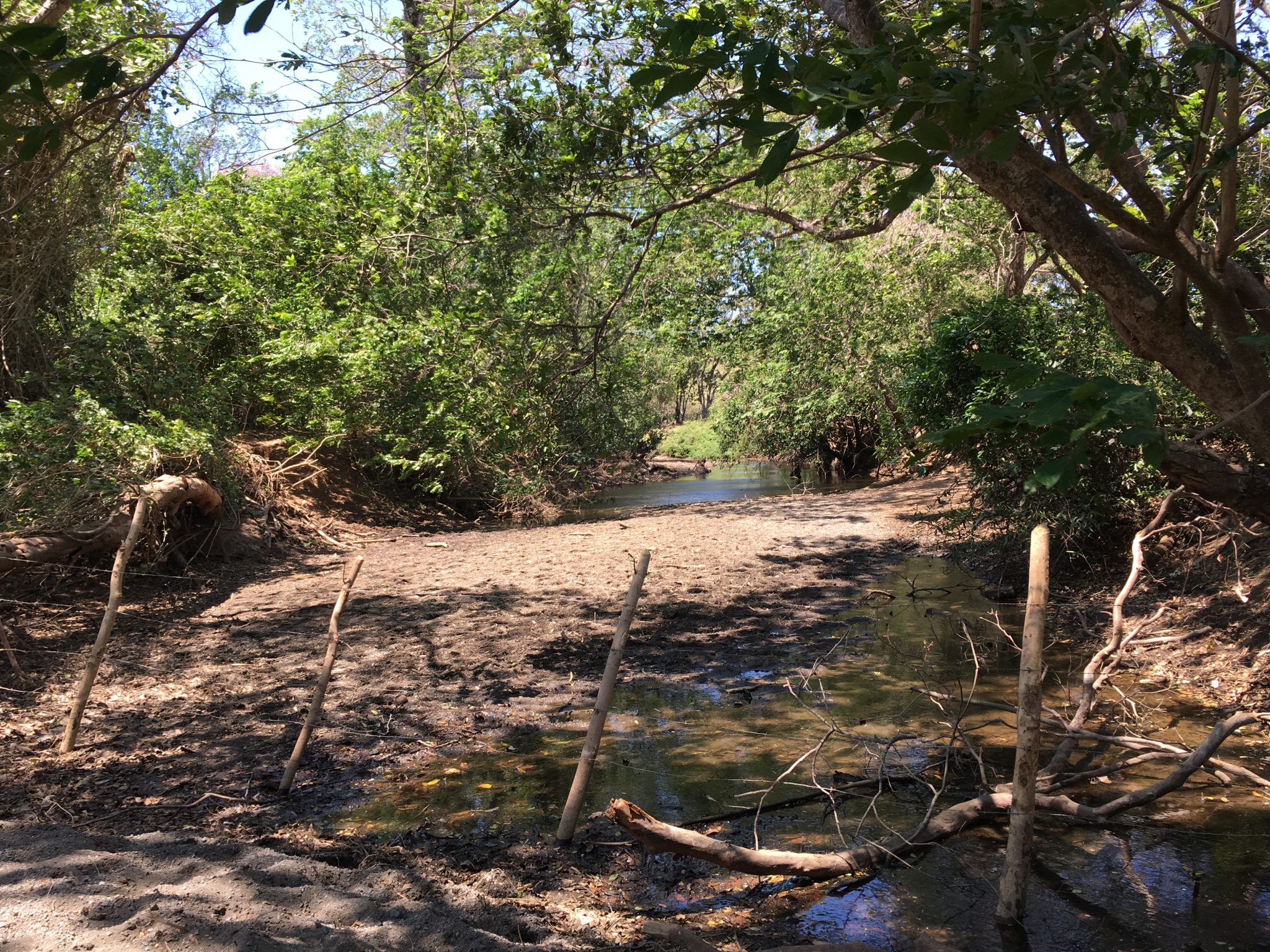
By early March, the Nandamojo River was already in some areas completely dry. Photo: Noelia Esquivel
ROW is an organization that includes many people in the community, but it’s led by U.S. ecologists Tom Peiffer and Matt Rosensteele, Costa Rican Marcia Gómez and Italian Alberto Pistorello.
Since 2015, they have been offering plants to reforest the 15 meters that should be respected along riverbanks. They also help them plant them and provide money ($0,15 per square meter) so they can enclose the reforested zone and cattle don’t destroy it.
They have worked with 10 ranchers this year and they hope to do it with the rest.
Forestry engineer and ROW project manager Marcia Gómez says that the goal of the organization is to ensure water over the long-term by using vegetation, rainwater and allowing it to filter rain water along the Nandamojo basin, which runs from 27 de Abril to Junquillal.
Trees have the ability to “sweat” and that makes it so that there are more water particles in the air,” Marcia Gomez explains. “These particles form clouds that stay close to the ground. Vegetation attracts them and that creates rain clouds.”
This is what the association has told the ranchers. That’s why Pedro and the others have planted trees on other parts of their properties as well as vetiver, a grass recommended for ground and water conservation because their roots go three times deeper than you see above ground, which makes water filter easier.
“The government has talked about investing large sums of money in deeper wells or infrastructure like canals, but those aren’t very sustainable solutions,” Gómez said. “Building deeper wells makes the crust of the aquifer collapse.”
“It’s better when we help people control erosion and reforestation on their own lands,” the engineer added. For now, ranchers continue to take care of them and watch them grow.
Parallel Actions
A month ago, the association was victim of a burn that affected a property that was reforested in 2015. “There were 2,500 tress and they caught fire,” Marcia said in a worried voice.
Forest fires discourage them. On that date, for example, Marcia wasn’t on the mood for interviews. “They burned one of our reforestation projects and that really demotivates me,” she wrote in a message to us.
The philosophy that guides them is of never giving up, starting over as many times as necessary, they tell me as I join them in their car a month after that event.
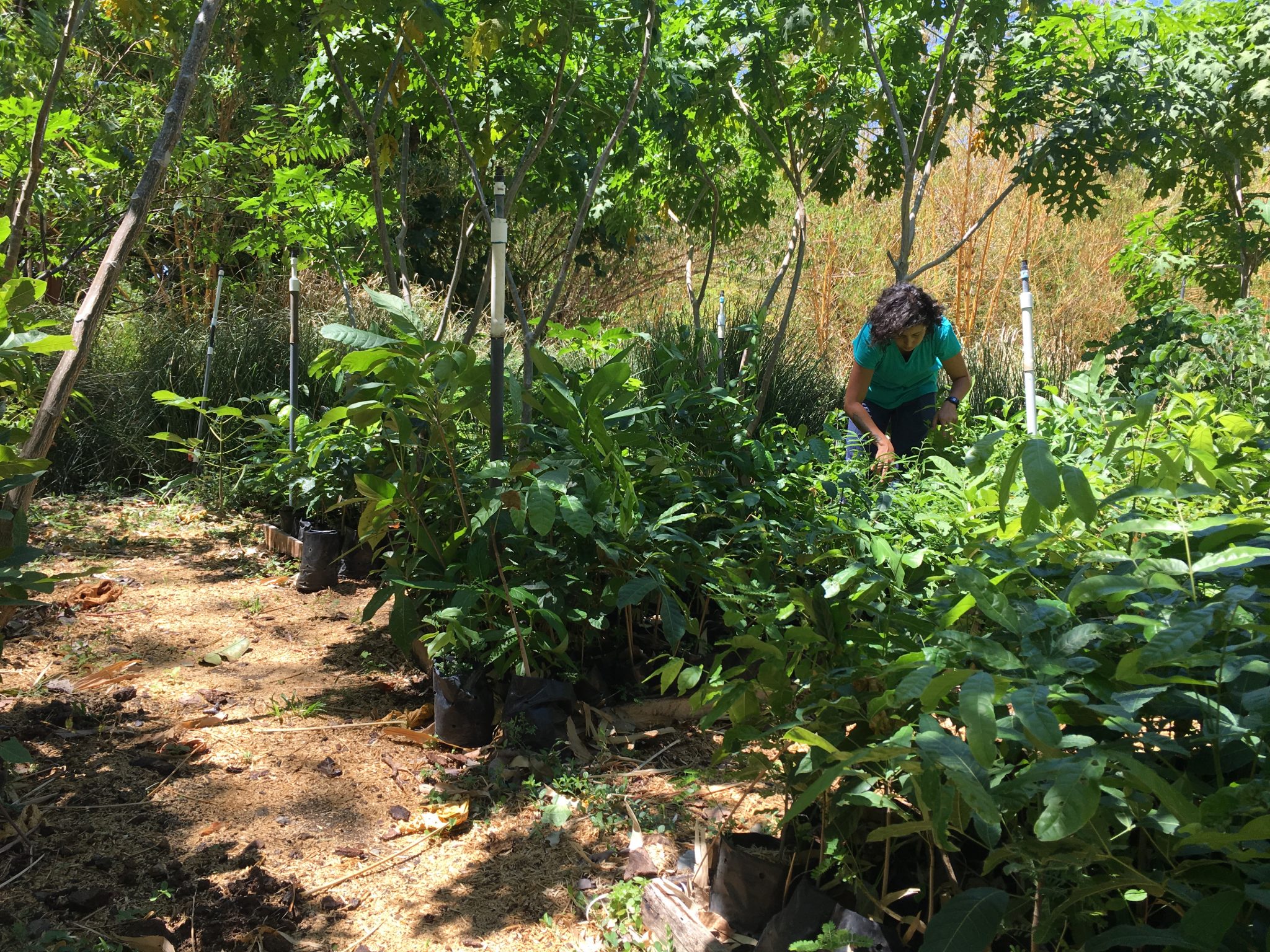
In the Green Center, the nursery of the association, they sow the plants that they give to those who request them and to the ranchers on the margin of the Nandamojo River.
As they drive, they observe the trees to determine when and where to collect seeds. They collect them on their own, germinate them and plant them in the association’s greenhouse, called the Green Center.
They have 5,000 plants of 20 different species at the greenhouse. They give all the plants to people in the communities around the basin that want them and, on occasions, they plant them in places they consider appropriate.
They do their jobs with donations from people who know what they do or from their website. They also hold annual activities like a silent auction and receive subsidiaries from organizations like the Guanacaste Community Fund and Crusa.
The Green Center also receives local groups that do volunteer work in the community or that are visiting from abroad. Gómez and Pistorello give talks about the environment to nine public schools and several private ones, discussing topics such as ecological restoration, climate change and responsible ranching.
This year they built a storage facility for the Las Delicias, Santa Cruz volunteer firefighters. When they aren’t in the greenhouse, it’s common to find them at forest fires along with the firefighter brigade. Reforesting and taking care of the forest requires teamwork and one of the biggest challenges is making communities aware of reforestation and looking after things.
Awareness has helped them encourage people like “Toño” Gutiérrez to plant more trees on their ranch. That motivates them to change minds in the community.
“The association has had dialogues with the community and the greatest impact, I think, is awareness,” Pedro said. “We have to understand what nature is, what it means and the contribution it makes to humanity.”



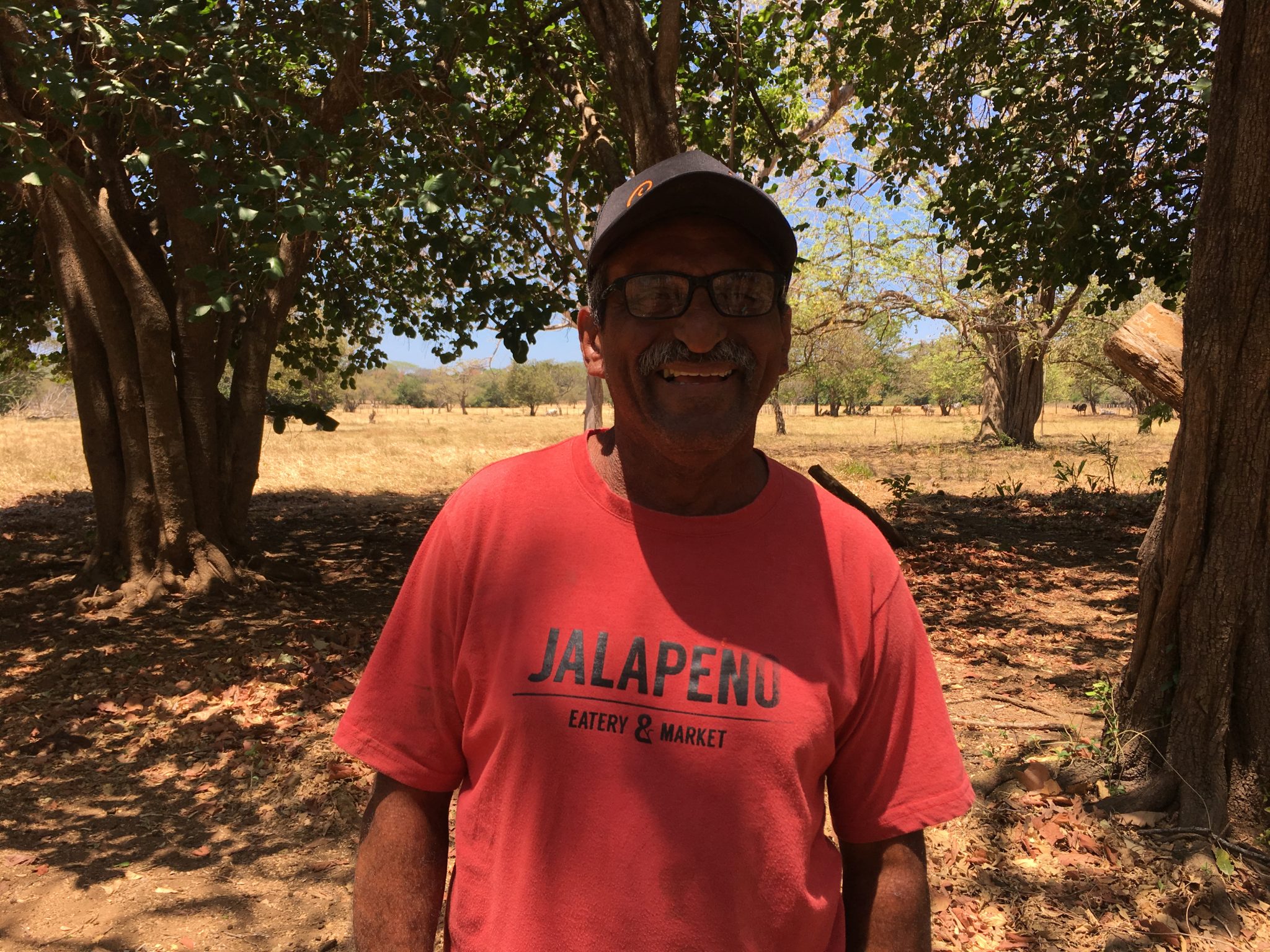
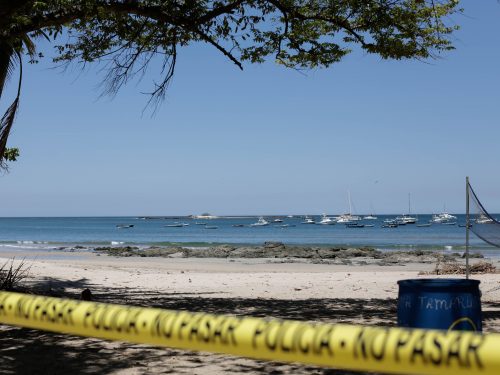
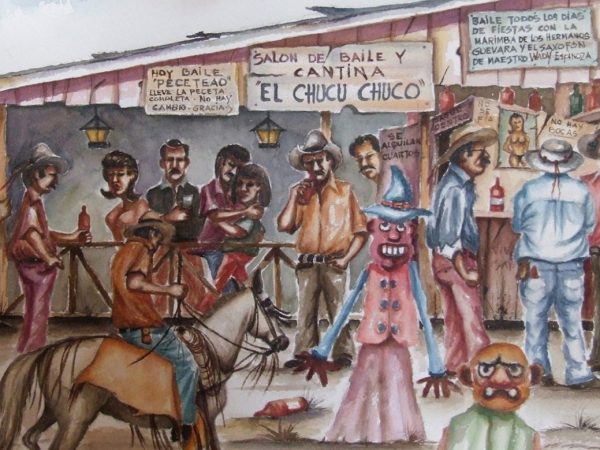
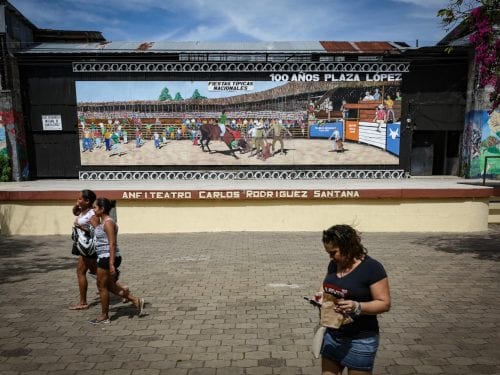

Comments